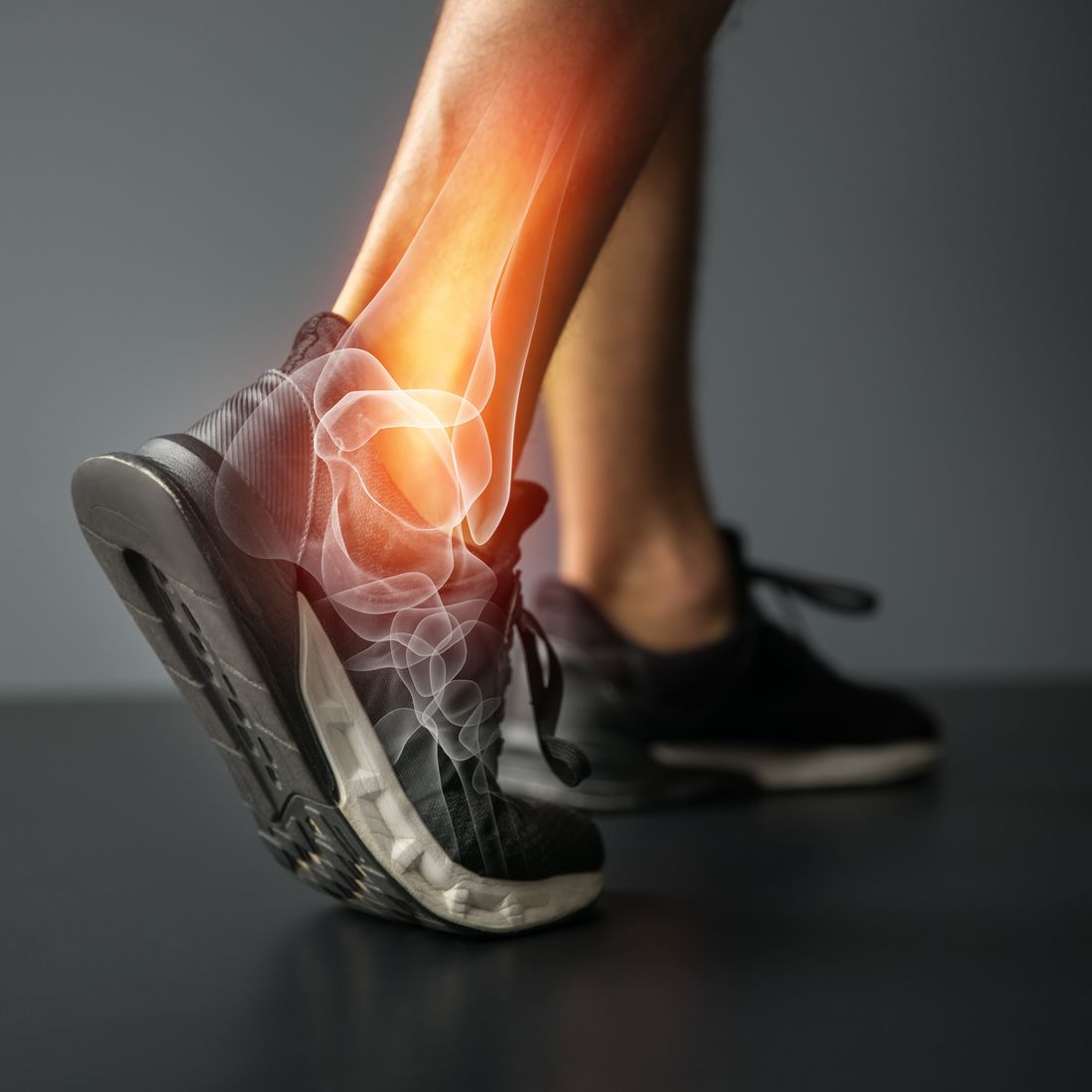In Melbourne, a city of relentless activity and energizing motion, opportunities for foot distress are aplenty. Neglect and ignorance toward foot problems can lead to damage harsh enough to put you out of commission for days. Knowing the warning signs of injuries, as well as common ones, can save you from a great deal of discomfort and pain.
Here are six types of common injuries that can happen to any foot.
Pain in the Heel
Heel pain is a prevalent complaint among many Melbourne residents, as it can be caused by plantar fasciitis and heel spurs. As for plantar fasciitis, the condition is characterized by the inflammation of the fibrous tissue (plantar fascia) located at the bottom of the foot. This can trigger stabbing pain particularly during the early hours of the day. On the other hand, heel spurs are barbs of bone on the underside of the heel bone, which can be the result of when the plantar fascia pull excessively on the heel.
Answer: Resolution: Care often requires physical therapy, specific orthotics, and a change in daily habits. To relieve irritating aches and swelling, stretching, the right type of shoes, and occasionally cortisone are the treatments known.
The deformity known as hallux valgus is one of the common causes of foot pain, swelling, and discomfort in adults. It is also a common cause of difficulty in walking, due to irritation of the bump of the enlargement of the bone of the first joint of the big toe. Bunions form when the normal balance of forces that is exerted on the structures of the big toe in the foot becomes disrupted. This can lead to instability in the joint and cause the deformity.
Bunions
Our Melbourne clinic frequently experiences people's suffering from an unresolved condition with their feet such as bunions. These unsightly bumps called bunions develop at the base of the most substantial toe. Sooner, if not later, the toes will disassemble from the congregation of the remaining toes causing discomfort and pain. Wearing narrow, tight shoes will speed up the mode of progress. This condition can also be a genetic predisposition for some.
Answer: Treatment: Bunions have an array of therapeutic techniques, including padding, stretching, and shoe modifications. Orthotics might be prescribed to distribute your body weight and decrease your toe's overuse, while in more severe cases, surgery may be recommended.
Deformities of the toe
Classified as mild, moderate, or severe. The toe becomes bent at the middle joint, resembling a hammer. Hammertoes can be caused by shoes that don’t fit properly, or toe injuries, arthritis, and heredity. Treatment options depend on the severity of the hammertoe, but may include stretching exercises, orthotic devices, and surgery to straighten the toe.
Hammertoes, which can affect the second, third, or fourth toes, are a deformity where the toe is bent at the middle joint, resembling a hammer. Wearing improperly fitting shoes or muscle imbalances can often lead to this condition, which can cause pain and make walking difficult.
Answer: The answer is that podiatrists, or foot specialists, should encourage wearing shoes with a wide toe box to allow enough room for all the toes. This allows the toes the opportunity to spread and function correctly. In some cases, orthotic devices (prescription shoe inserts) can help to reposition the toe and relieve the pain. Stretching and strengthening exercises can be beneficial for easing the discomfort. If the pain persists, a cortisone injection might provide some relief. In certain cases, surgery is recommended.
Foot Problems and Diabetes
Residents of Melbourne with diabetes are more likely to experience foot-related concerns, such as infections, ulcers, and neuropathy (nerve destruction). These problems happen as a result of impaired blood flow and high blood sugar, which restrict the body's capacity to repair itself.
Answer: It is essential that diabetics ensure regular assessment of their feet by a podiatrist. Prevention is key and involves controlling the level of glucose in the blood, wearing special shoes to minimize the chance of injury to the feet, and promptly dealing with degradations or lacerations in the skin.
